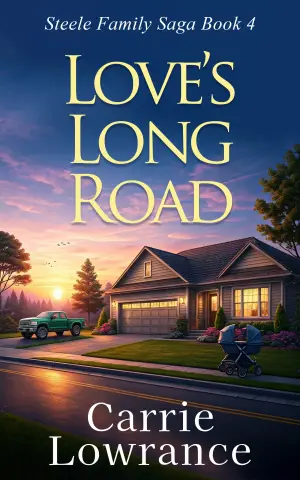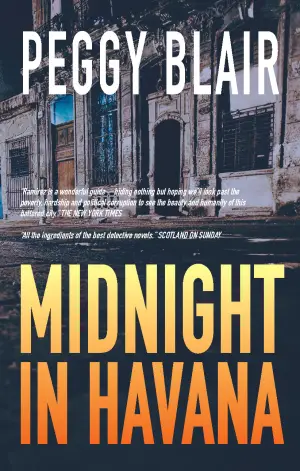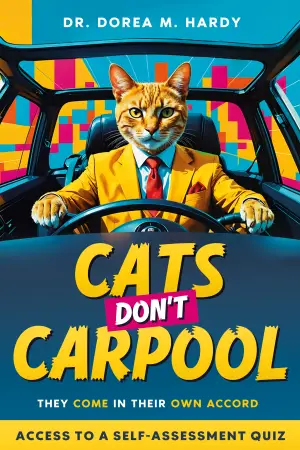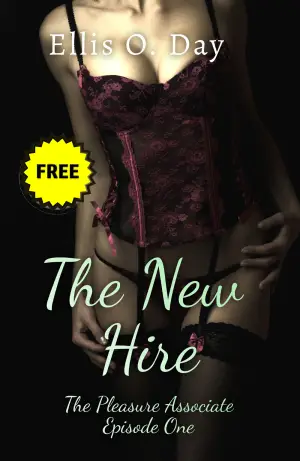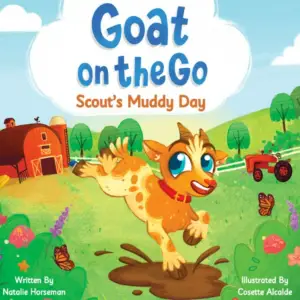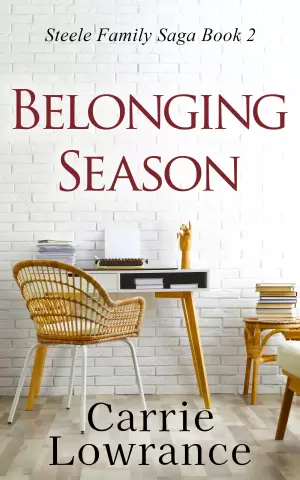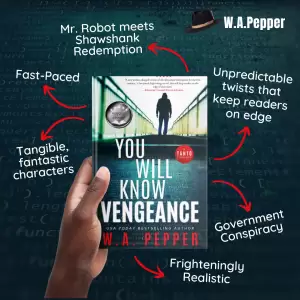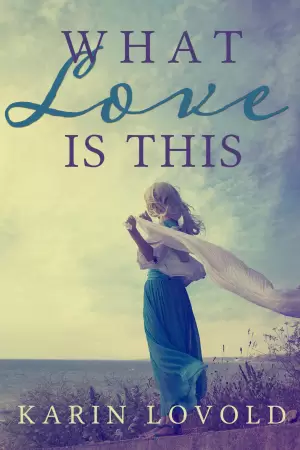Discovering Through Chocolate: A Reflection on The Wartime Chocolate Maker
As I settled down with The Wartime Chocolate Maker by Edouard Guiton, I felt a mixture of excitement and curiosity. The title alone promised a delicious blend of historical context and the tantalizing aroma of chocolate, evoking thoughts of hidden resistance movements across wartime Europe. However, while the premise was beguiling, my journey with this book didn’t quite meet my expectations.
From the outset, the narrative takes us into the world of Kasia, a female chocolatier navigating the tumultuous landscape of WWII Poland. Guiton paints intriguing strokes of character depth, particularly within Kasia and her interactions. Yet, I found myself grappling with inconsistencies in historical accuracy that pulled me out of the immersive experience I yearned for.
One aspect that struck me was the book’s inconsistency with historical phrases and cultural references. While some elements felt richly detailed, like the translation of certain Polish ideologies, others, such as the presence of "Keep Calm" posters in a Polish context, felt jarring. Little details like this, alongside Kasia’s well-meaning but unrealistic interactions with Nazi officers, disrupted the narrative flow and diminished the story’s authenticity.
The heart of the book, which I had anticipated would celebrate the artistry of chocolate-making, unfortunately fell flat. Guiton had a golden opportunity to showcase the transformative power of chocolate—its textures, flavors, and how it was a lifeline for those in dire circumstances. Instead, chocolate became an afterthought, only briefly mentioned without weaving it into the fabric of the characters’ experiences or emotions. I found myself longing for evocative descriptions that would make chocolate a living character in its own right, bringing a sensual depth that the story sorely missed.
While reading, the repetitive phrases, notably "fold my lips," began to grate on my nerves, causing me to imagine a clumsy origami process rather than enhancing character emotions. In reviewing these stylistic choices, I wondered if some nuances were lost in translation or if tighter editing might have provided greater clarity.
Despite these setbacks, I appreciate the effort Guiton made to flesh out the lives of his characters and their struggles during a harrowing time. Yet, the lack of urgency and context in those struggles left me feeling disconnected. The risks involved in Kasia’s chocolate deliveries seemed too casual for the atmosphere of fear and paranoia that would have prevailed during those dark times.
Ultimately, The Wartime Chocolate Maker might appeal to readers who enjoy character-driven narratives set against the backdrop of WWII but are looking for a lighter take on the subject. It offers a fresh perspective, yet it’s vital to approach it with tempered expectations regarding historical accuracy and depth.
As I close the book, I am left with a sense of bittersweet disappointment. I had hoped the story would immerse me in the world of chocolate-making as a vibrant symbol of resilience and a tool for resistance, but instead, it fluttered just out of reach. Perhaps there’s value in our discontent; it reminds us that even the most tantalizing titles can lead to unexpected revelations about our expectations as readers. Happy reading, friends, and may you find more fulfilling flavors in your literary explorations!
Discover more about The Wartime Chocolate Maker on GoodReads >>

